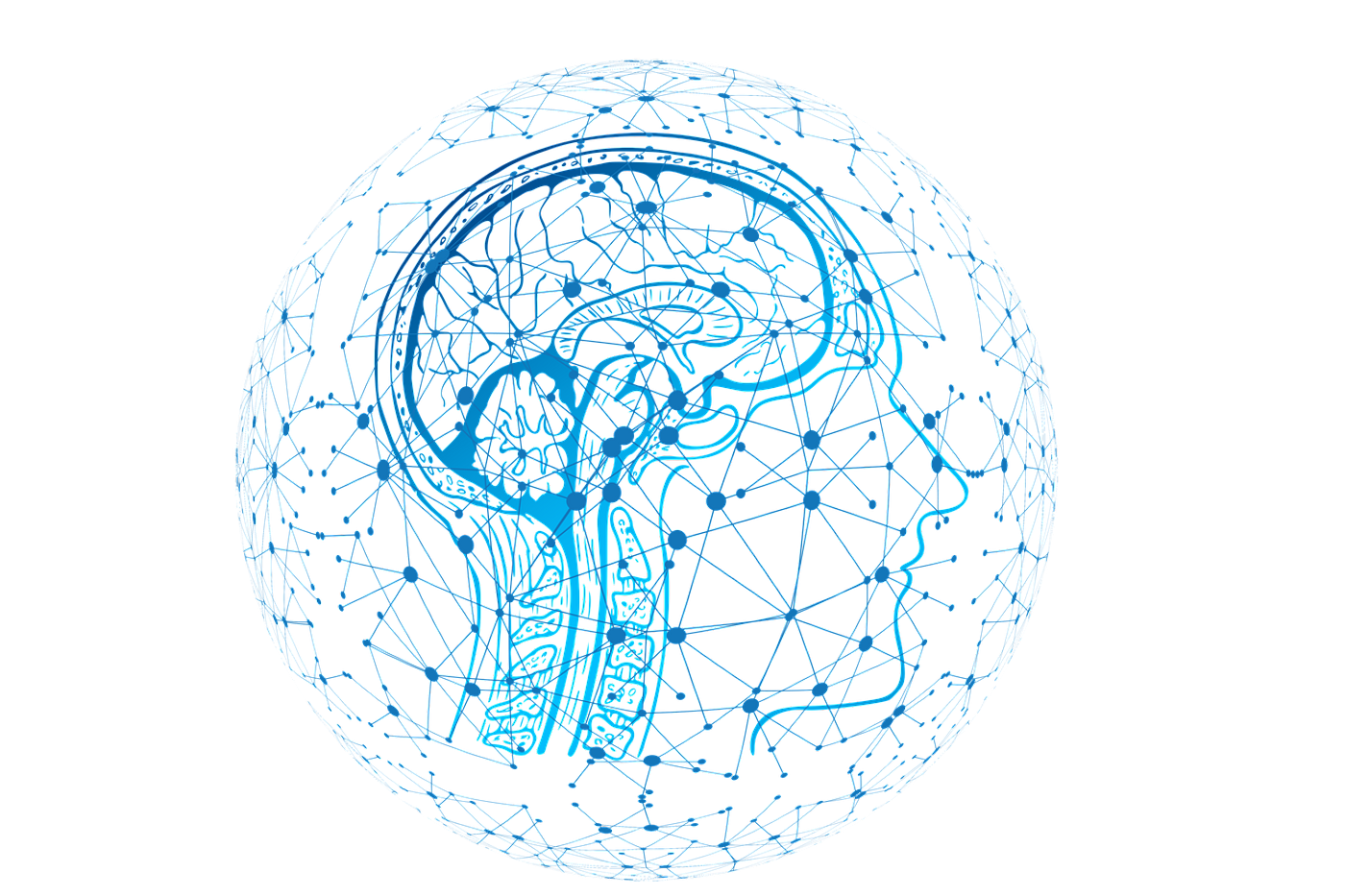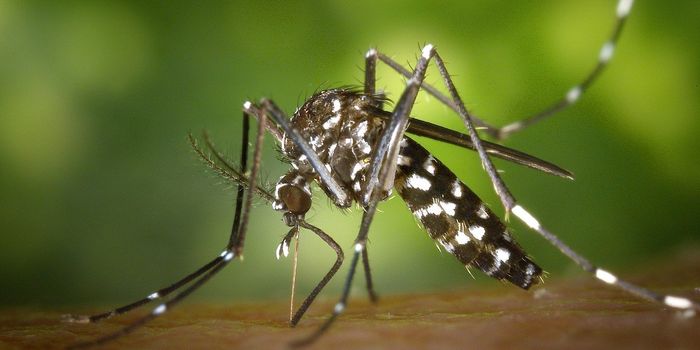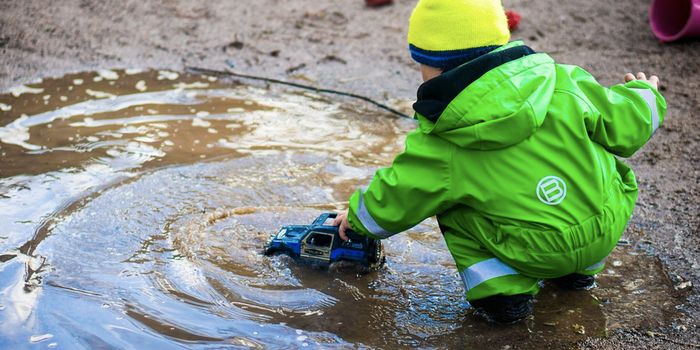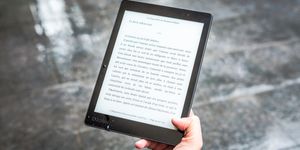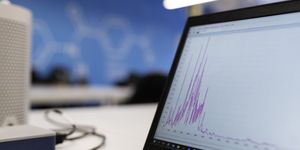Artificial Intelligence Teaches Microrobots how to Swim
In a recent study published in Communications Physics, a collaborative team of researchers from Santa Clara University, New Jersey Institute of Technology, and the University of Hong Kong have successfully taught microrobots how to swim using artificial intelligence via deep reinforcement learning (RL). This study opens the door for a wide variety of future biomedical applications, including targeted drug delivery and microsurgery. This is because the microswimmers could learn how to navigate the human body just like naturally occurring microorganisms, such as bacteria, the researchers reasoned.
"Being able to swim at the micro-scale by itself is a challenging task," said On Shun Pak, associate professor of mechanical engineering at Santa Clara University, and a co-author on the study. "When you want a microswimmer to perform more sophisticated maneuvers, the design of their locomotory gaits can quickly become intractable."
The researchers combined artificial neural networks with RL, resulting in them being able to teach a simple microswimmer how to both swim and navigate in any random direction. By moving in certain ways, the swimmer receives feedback on the performance of that movement, ultimately learning how to swim based on its own experiences and surrounding environments.
"Similar to a human learning how to swim, the microswimmer learns how to move its 'body parts' -- in this case three microparticles and extensible links -- to self-propel and turn," said Alan Tsang, assistant professor of mechanical engineering at the University of Hong Kong, and a co-author on the study. "It does so without relying on human knowledge but only on a machine learning algorithm."
The research team demonstrated the microswimmer’s abilities by making it follow a complicated path without direct programming, along with having it navigate under extreme conditions, to include introducing external fluid flows.
"This is our first step in tackling the challenge of developing microswimmers that can adapt like biological cells in navigating complex environments autonomously," said Yuan-nan Young, professor of mathematical sciences at New Jersey Institute of Technology, and a co-author on the study. "This work is a key example of how the rapid development of artificial intelligence may be exploited to tackle unresolved challenges in locomotion problems in fluid dynamics," said Arnold Mathijssen, an expert on microrobots and biophysics at the University of Pennsylvania, who was not involved in the research. "The integration between machine learning and microswimmers in this work will spark further connections between these two highly active research areas."
Sources: Communications Physics
As always, keep doing science & keep looking up!
